It’s fall, the leaves are changing, and Noggin volunteers are heading back into public schools, correctional facilities, houseless youth nonprofits, neuroscience conferences and even Congress!

Imagine that! BRAINS IN CONGRESS: Noggin at SfN, DC schools – and the U.S. House!
LEARN MORE: Noggin Event Calendar!
LEARN MORE: The last time we brought brains to the U.S. House of Representatives
LEARN MORE: Noggin Bloggin
We just returned to p:ear, a remarkable Portland nonprofit aimed at “building positive relationships with homeless and transitional youth through education, art and recreation to affirm their personal worth and help them create more meaningful and healthier lives.”
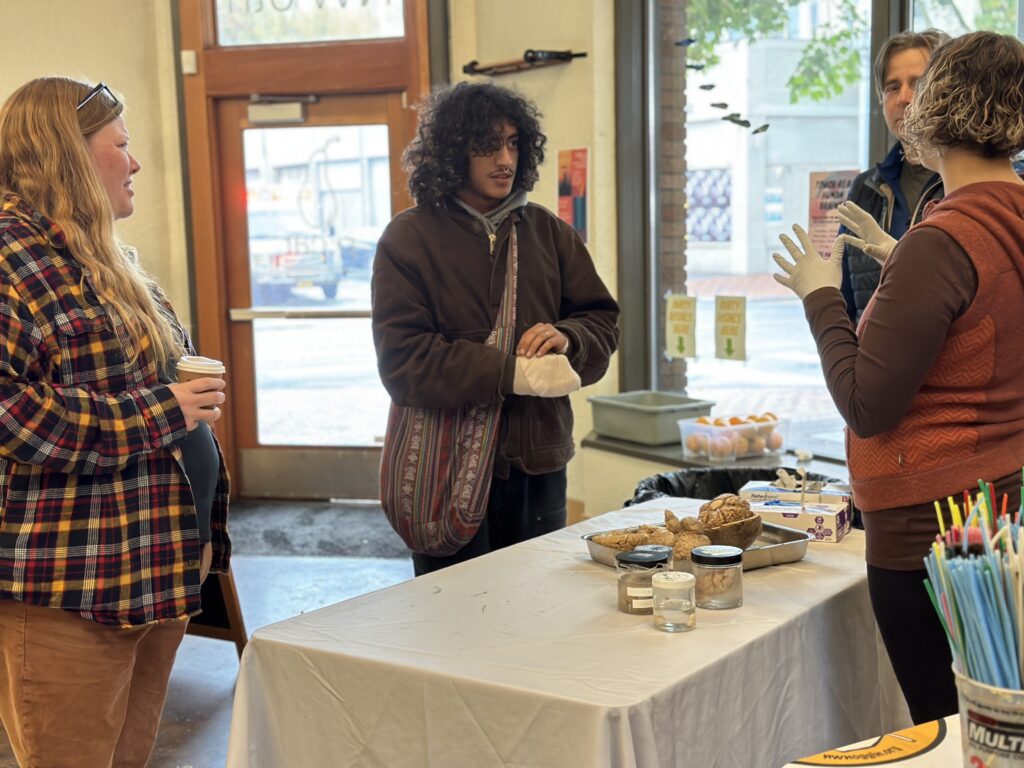
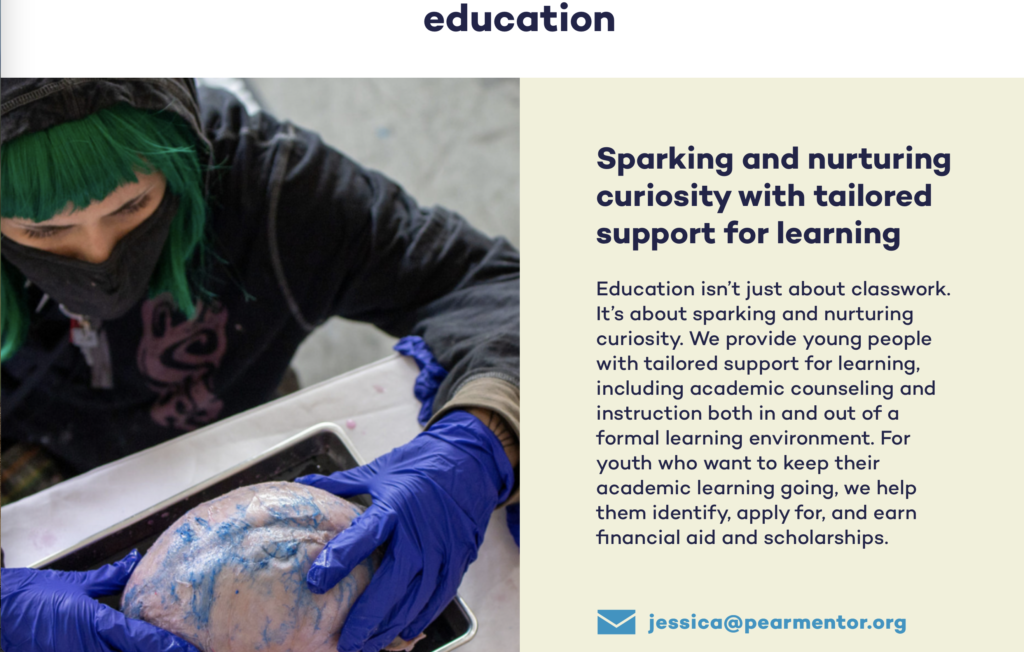
PLEASE DONATE: P:ear: creatively mentoring homeless youth
LEARN MORE: Noggin @ p:ear
There are currently about fifty young people, many still lacking safe and consistent housing in our expensive, unequal city, who pass through the welcoming doors each day at p:ear, and on a sunny October morning they found a few extra volunteers, and a few extra brains!
“…three billionaires (Phil Knight, Travis Boersma, Tim Boyle) residing in the state have about twice the wealth as that of the entire bottom half of Oregonians…”
— Wealth Inequality in Oregon Is Extreme

We were joined by enthusiastic undergraduates studying psychology and interdisciplinary neuroscience at Portland State University, including Rebecca Chevrel, Alexandria Bills, Maria Krueger, Dan Jang, Kadi Rae Smith (and her cortisol-sensing dog Roadie) and Martin Lemke, along with Angela Hendrix, Bill Griesar and Jeff Leake from Northwest Noggin.
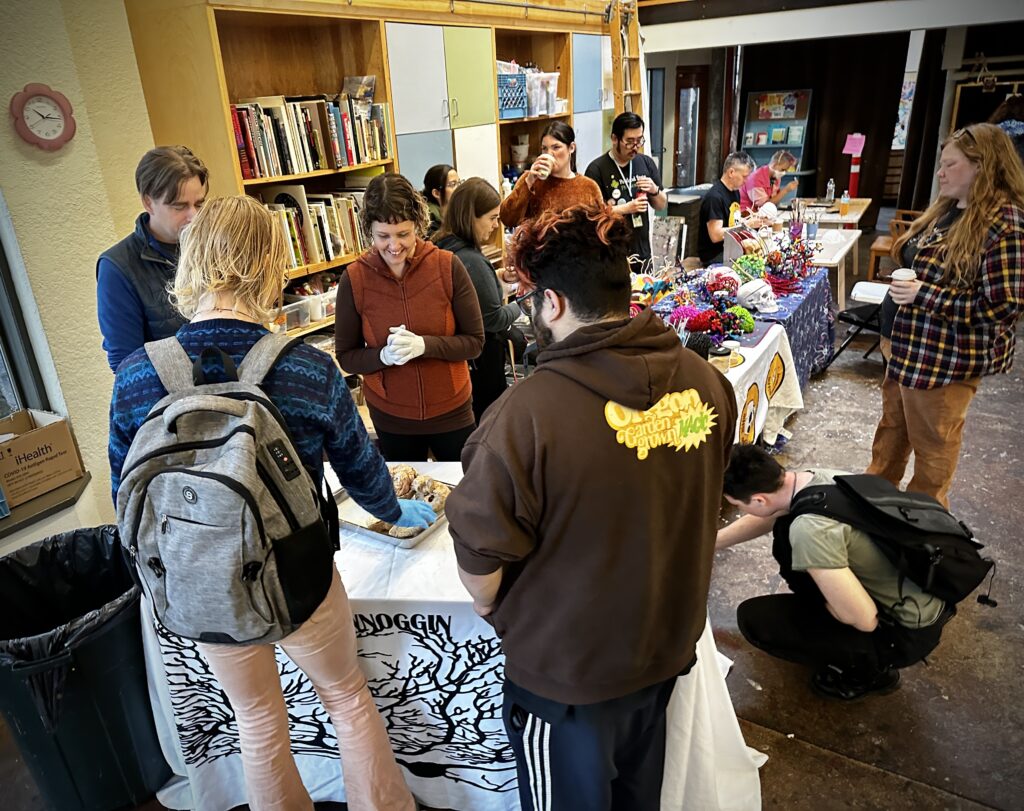
LEARN MORE: Portland State University Neuroscience Club
LEARN MORE: Interdisciplinary Neuroscience Minor @ PSU
What’s that butterfly?
We LOVE questions, and heard an unusually intriguing one this week at p:ear!
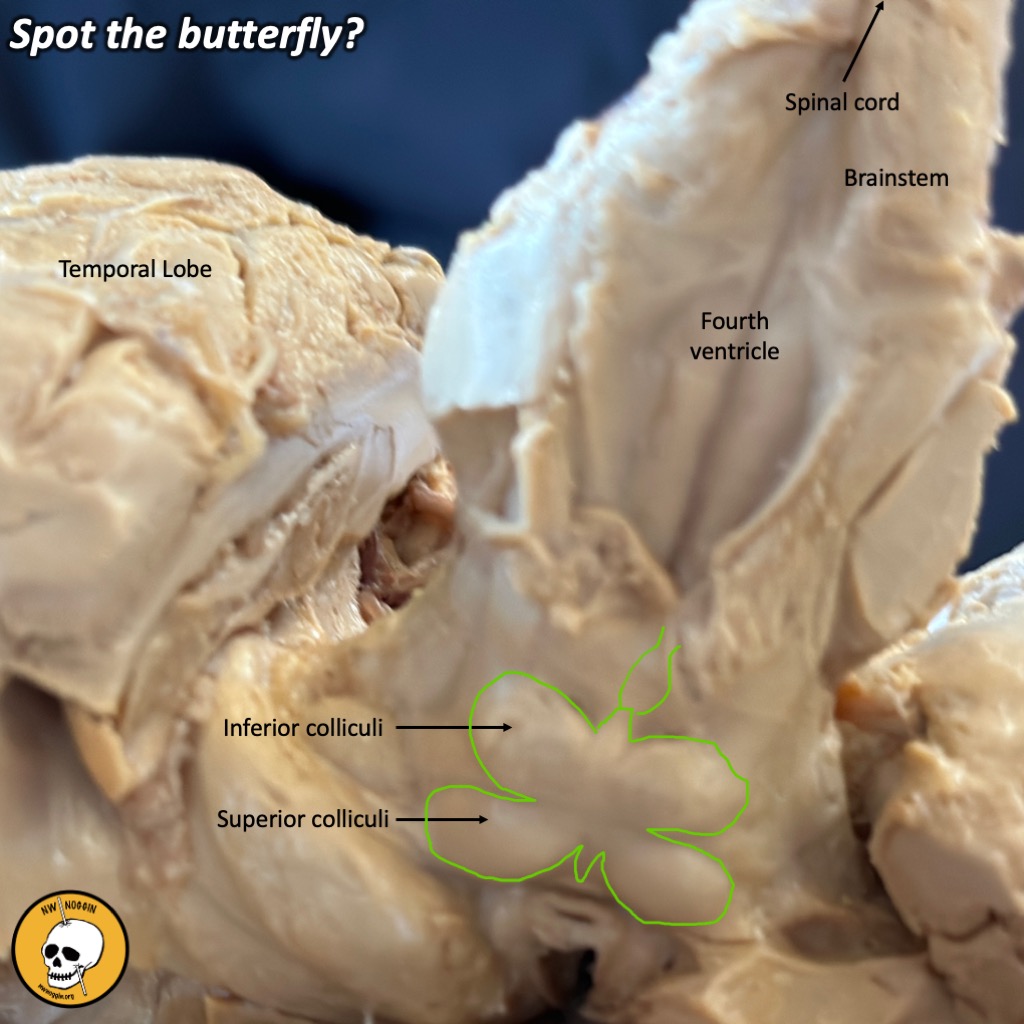
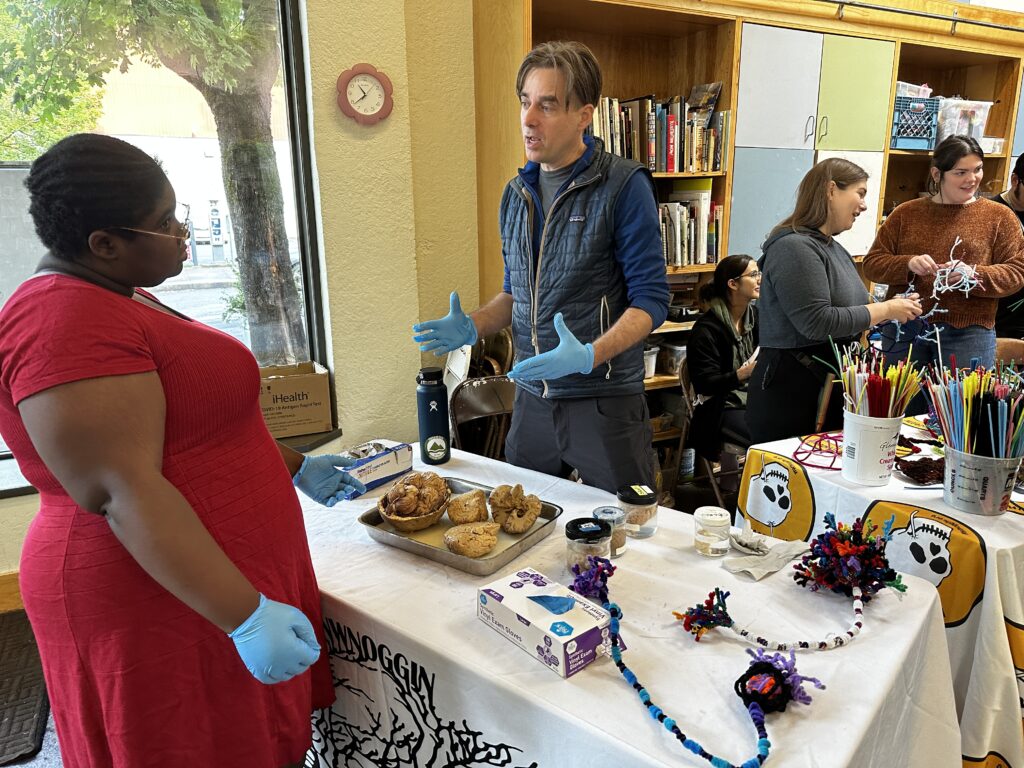
This particular question really grabbed our attention, as the famous artist and neuroscientist Santiago Ramon y Cajal referred to the gorgeous, Golgi-stained brain cells he observed through the microscope and carefully drew as “butterflies of the soul.”
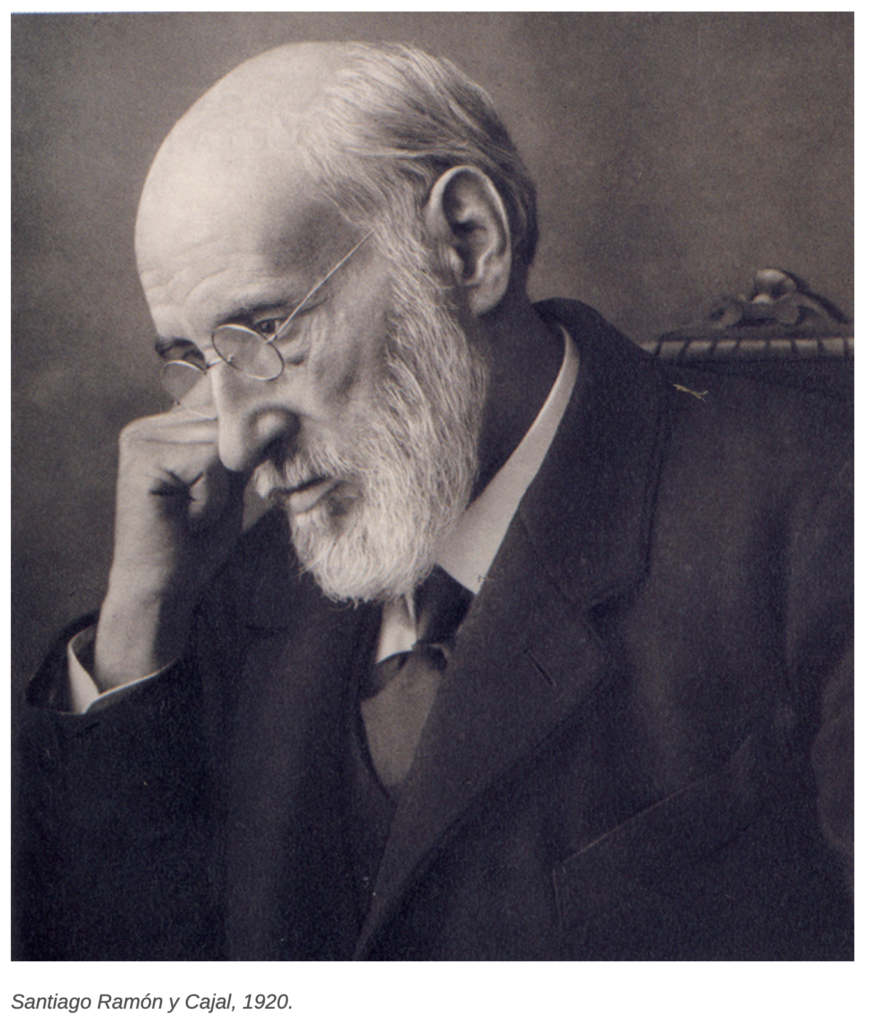
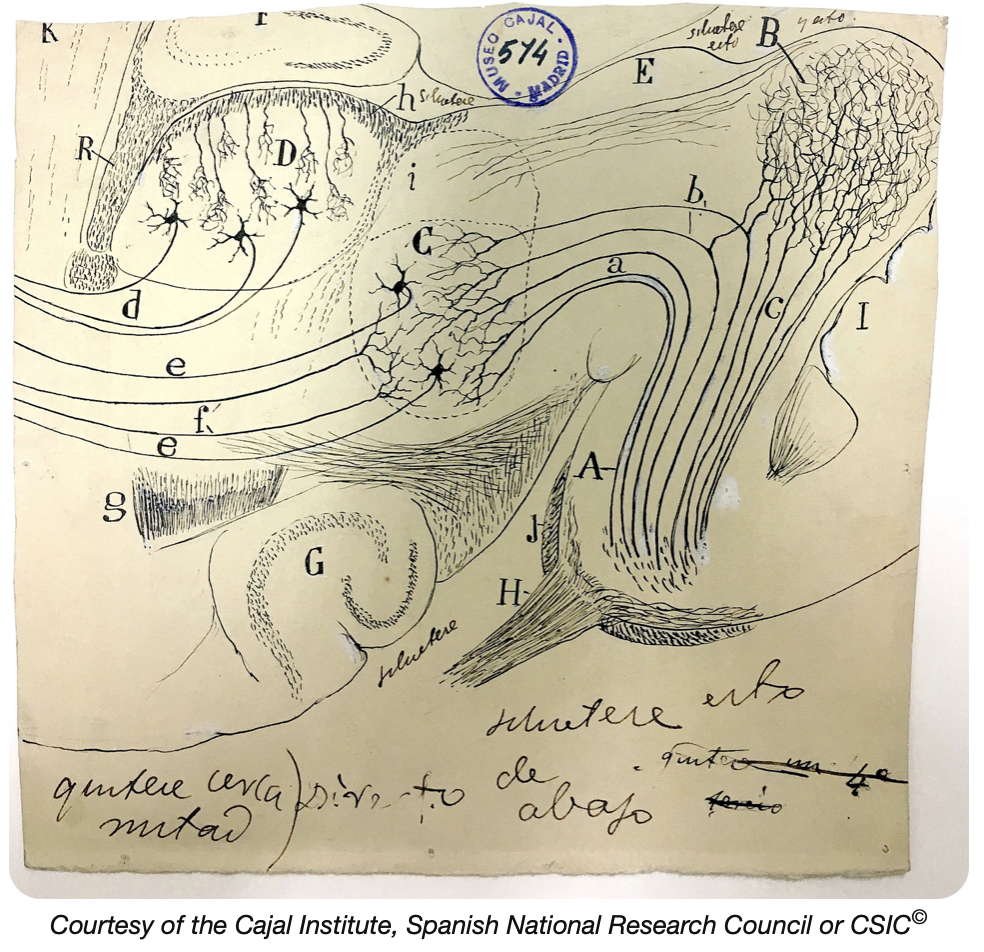
LEARN MORE: Santiago Ramon y Cajal’s drawing of neurons in the inferior colliculus
LEARN MORE: Santiago Ramón y Cajal
“[My] attention was drawn to the flower garden of the grey matter, which contained cells with delicate and elegant forms, the mysterious butterflies of the soul, the beating of whose wings may someday…clarify the secret of mental life.”
— Santiago Ramon y Cajal, Recuerdos de Mi Vida, 1917
LEARN MORE: Cajal´s butterflies of the soul
LEARN MORE: Butterflies of the Soul: Cajal’s Neuron Theory and Art
LEARN MORE: Active dendrites: colorful wings of the mysterious butterflies
LEARN MORE: Butterflies of the Soul
We looked closely at our tray of noggin specimens, zeroing in on the back (what anatomists call the dorsal surface) of the human brainstem – and that larger scale butterfly was pretty clear!
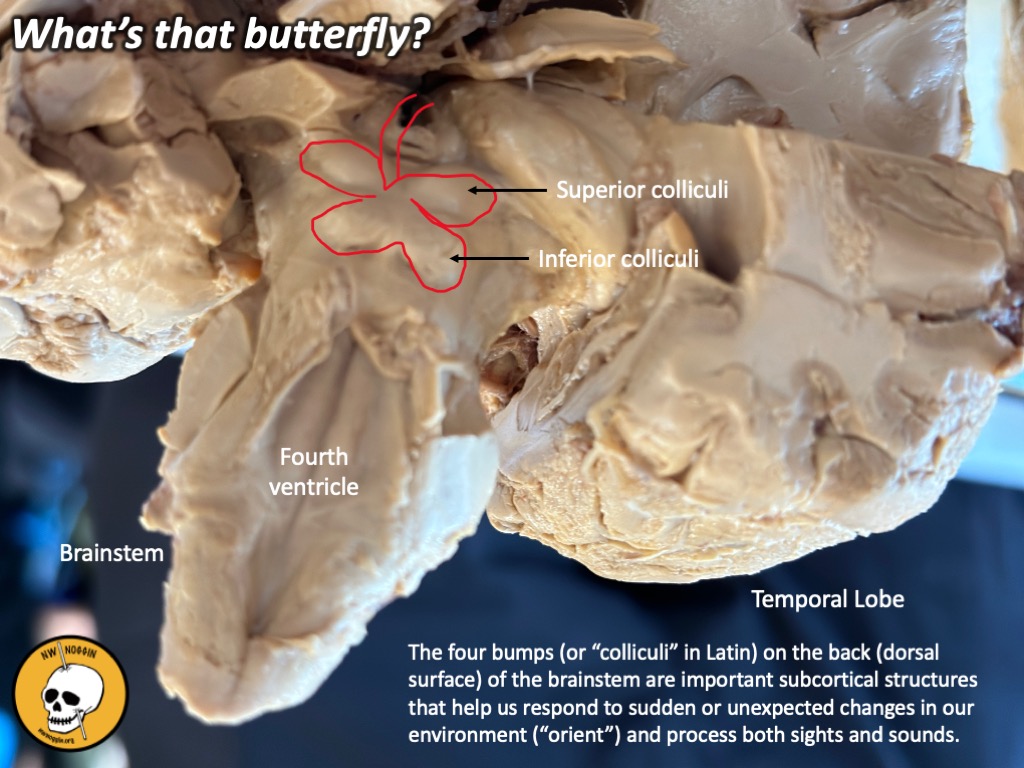
The butterfly in question is made up of four bumps of brain known as “colliculi,” the Latin word for bumps! All four colliculi are considered “gray matter”; that is, they are made up of neuron cell bodies (“soma”), and branch-like dendrites and axon terminals that together form synapses, the small gaps where information is exchanged chemically between cells.
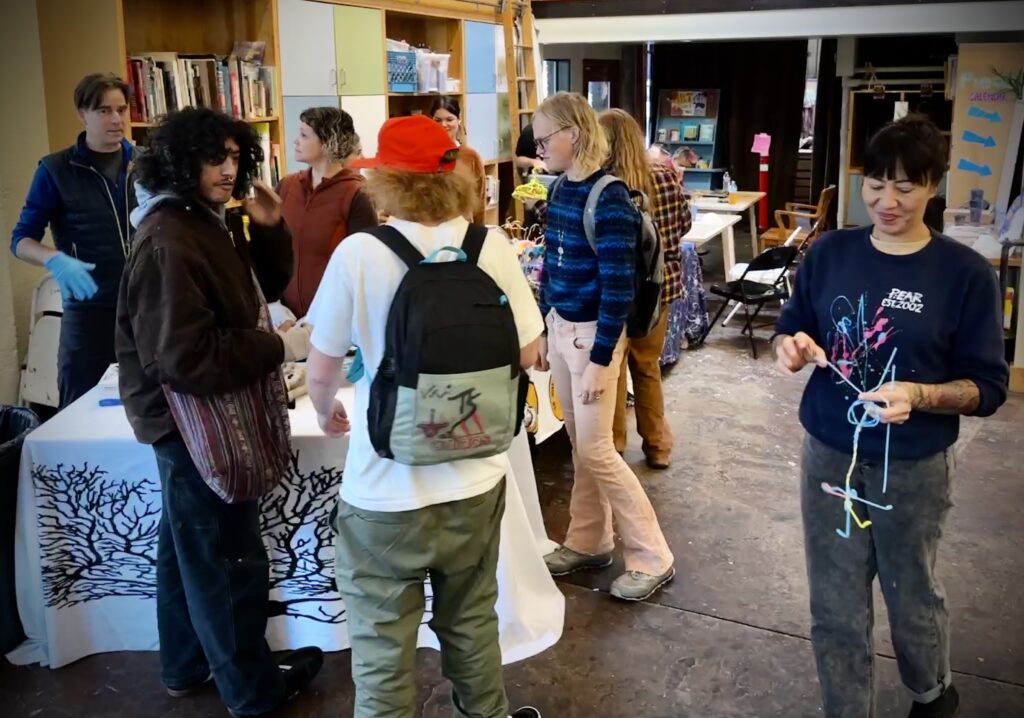
There are TWO sets of these bumps, or colliculi, on the dorsal surface of the brainstem: an upper set known as the SUPERIOR colliculi, and a lower set referred to as the INFERIOR colliculi. Can you find them in the image below?
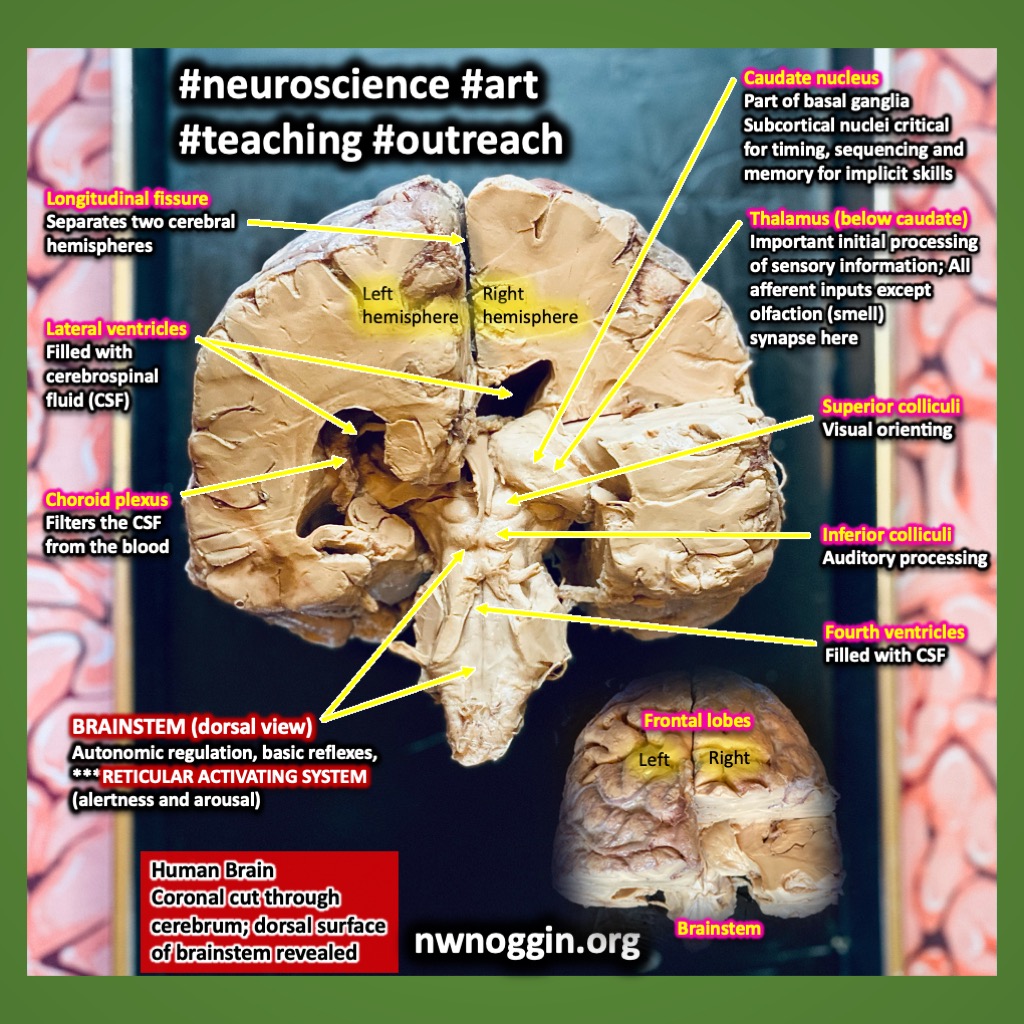
Superior Colliculi: the upper wings
The superior colliculi are paired (there are two bumps, one on the left and one on the right), layered, subcortical (“below the cortex”) structures that are found in most mammalian brains. A similar structure, which carries out similar functions, is found in non-mammals and is known as the optic tectum. They are essential for what scientists call “visual orienting” – rapidly and reflexively swiveling your head, neck and eyes towards an object of interest, or something novel or unexpected that pops into view.
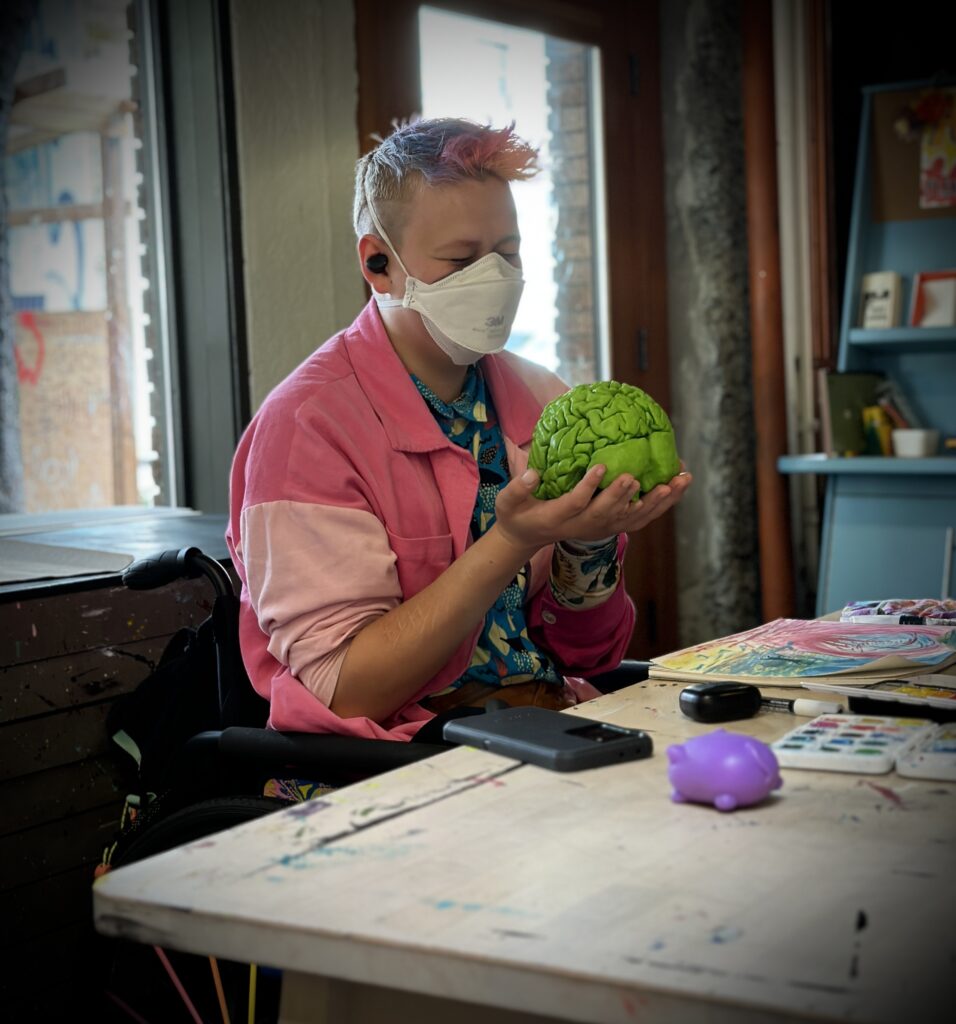
LEARN MORE: The Superior Colliculus: Cell Types, Connectivity, and Behavior
LEARN MORE: Visual adaptation and novelty responses in the superior colliculus
LEARN MORE: The sifting of visual information in the superior colliculus
TRY THIS: put your finger in front of you and move it back and forth, while smoothly tracking it with your eyes. You can thank your superior colliculi for that expert tracking ability.

BUT NOW TRY THIS: try smoothly and continuously moving your eyes across the room, without following your finger or anything else that’s moving in your environment. Without movement, your superior colliculi limit you to rapid jumps from object to object. These jumps, during which visual consciousness is briefly suppressed, are known as saccades.
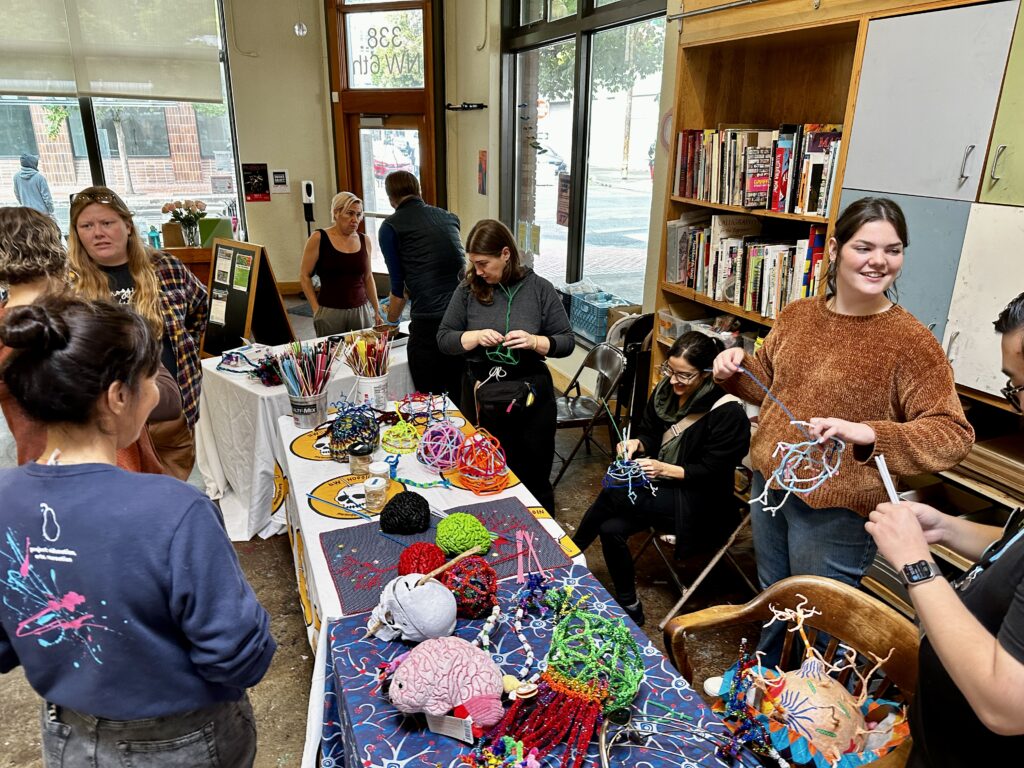
LEARN MORE: The superior colliculus and eye movement control
LEARN MORE: The superior colliculus and the steering of saccades toward a moving visual target
LEARN MORE: Activity in the human superior colliculus relating to saccade preparation and execution
LEARN MORE: Visual Perception and Saccadic Eye Movements
LEARN MORE: Learning to silence saccadic suppression
The superior colliculi are also implicated in biasing our perception in terms of what we see, by influencing what we focus on, attend to, respond to and ignore in complex visual environments.
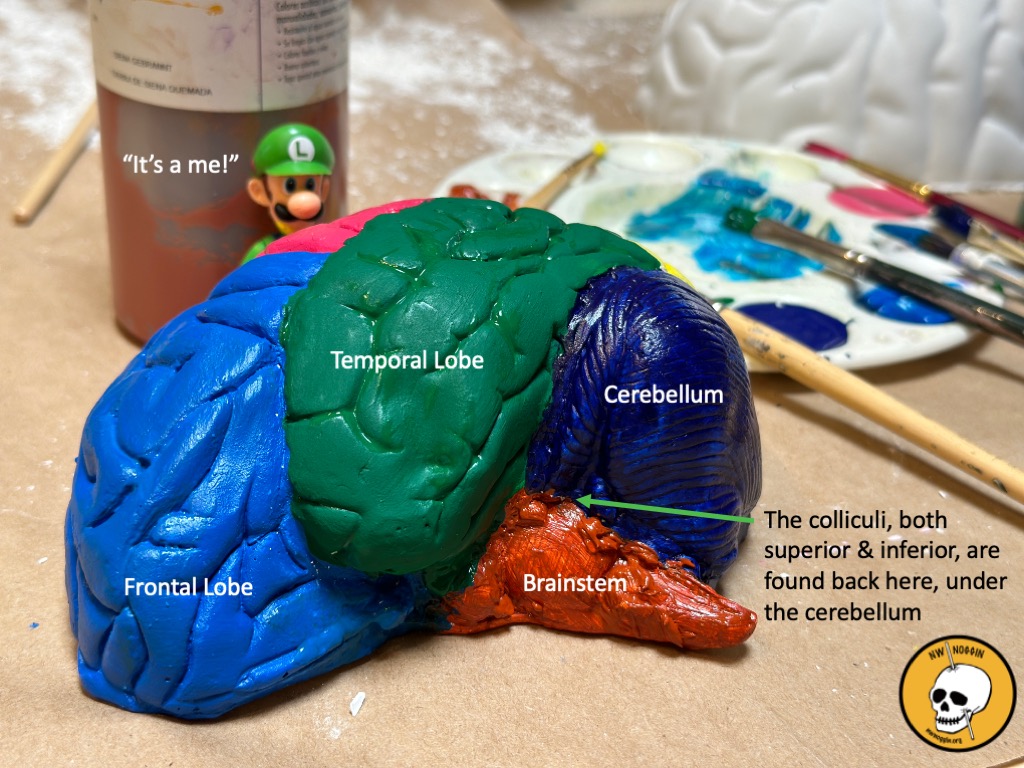
Inferior Colliculi: the lower wings
The inferior colliculi are important hubs in our auditory pathway – that chain of neural connections beginning with sensory (or afferent) neurons responding to sound waves in our inner ears up to primary auditory cortex in the temporal lobes of our brains. There are several brainstem structures involved in this afferent neural highway, including the inferior colliculi – the lower wings of our brainy butterfly.
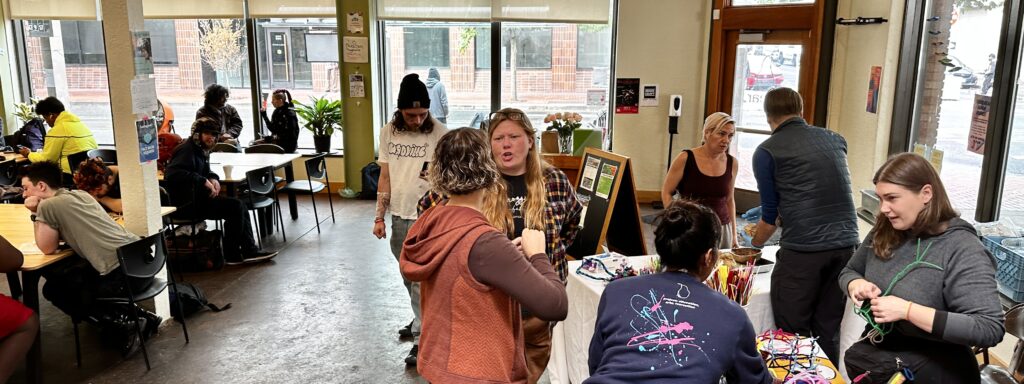
Though like most highways, the traffic is two way, and inferior colliculi also receive a lot of efferent axon wires coming from the brain, not the ears. Like superior colliculi, these are ancient and complex bumps, and there is plenty of research underway on their anatomy and functional roles.
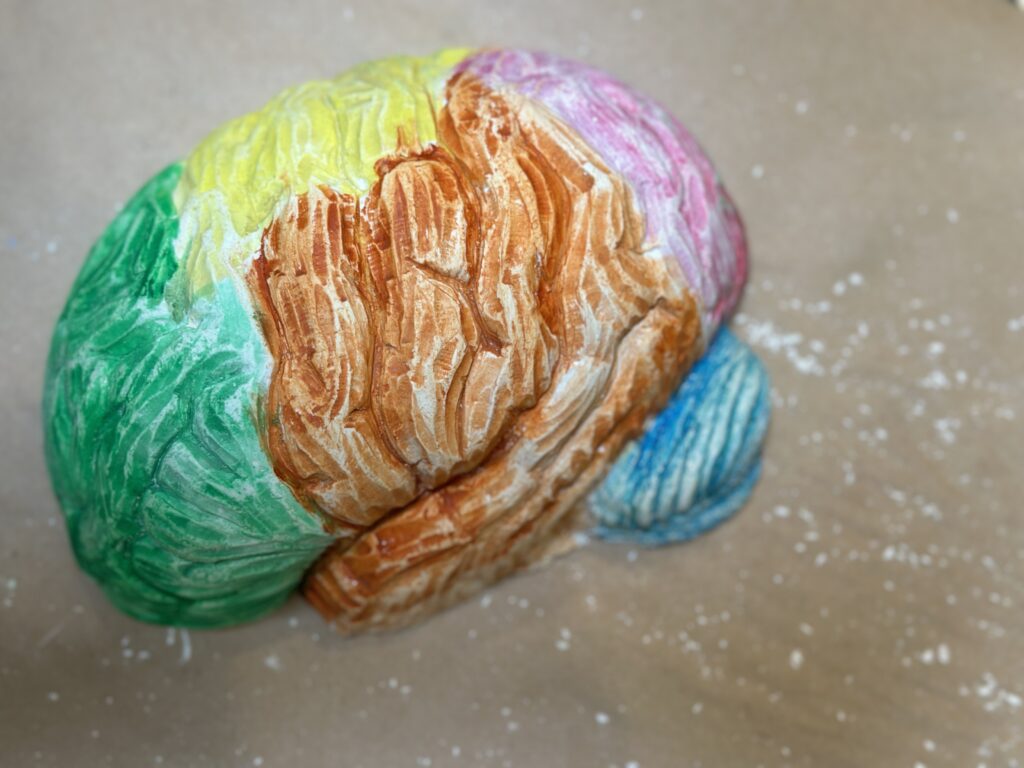
LEARN MORE: Structural Connectivity of Human Inferior Colliculus
LEARN MORE: Functional organization of the local circuit in the inferior colliculus
LEARN MORE: Wakefulness-promoting role of the inferior colliculus
LEARN MORE: Auditory pathways: anatomy and physiology
Landscapes of the Brain!

We’re excited to visit p:ear throughout the season, and are returning again on both October 26 and November 30. During our first visit we began a new art project, creating our own personal landscapes on plaster casts of brain hemispheres. In the coming weeks we plan to add more details, as we explore the questions and interests of youth curious about the brain cell butterflies that allow us to see, hear and soar.
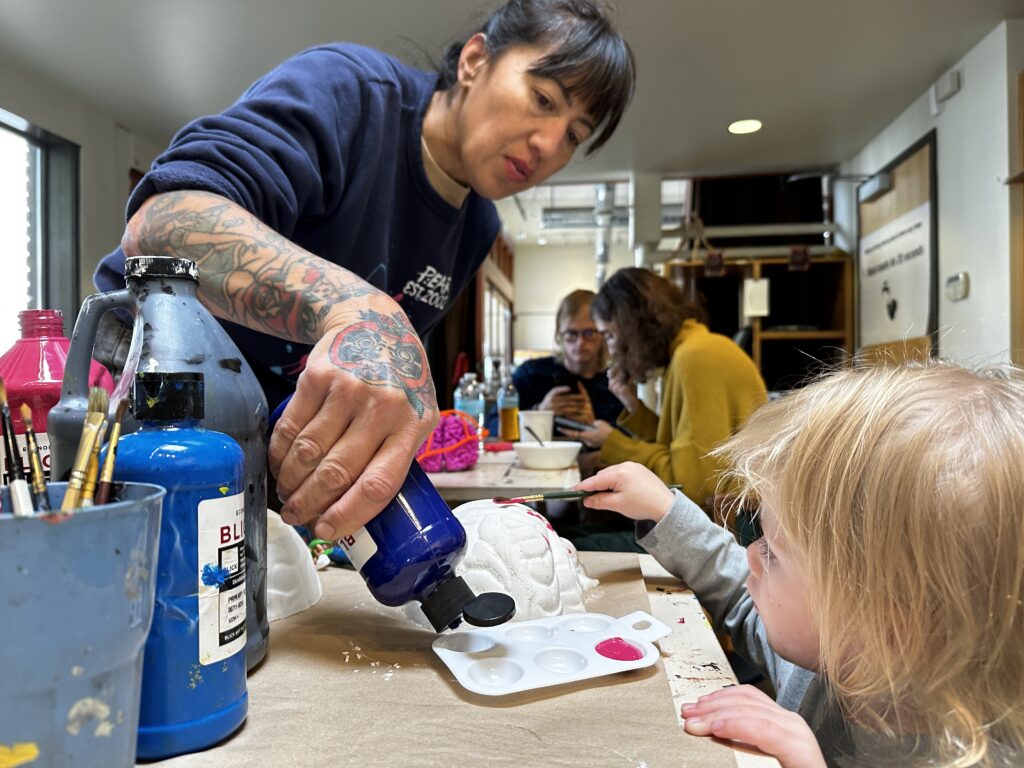

Thank you Kanani Miyamoto and Jessica Kain and all the young people at p:ear for such thought-provoking questions and the chance to engage our brains! And thank you to all our enthusiastic and inquisitive Noggin volunteers!



